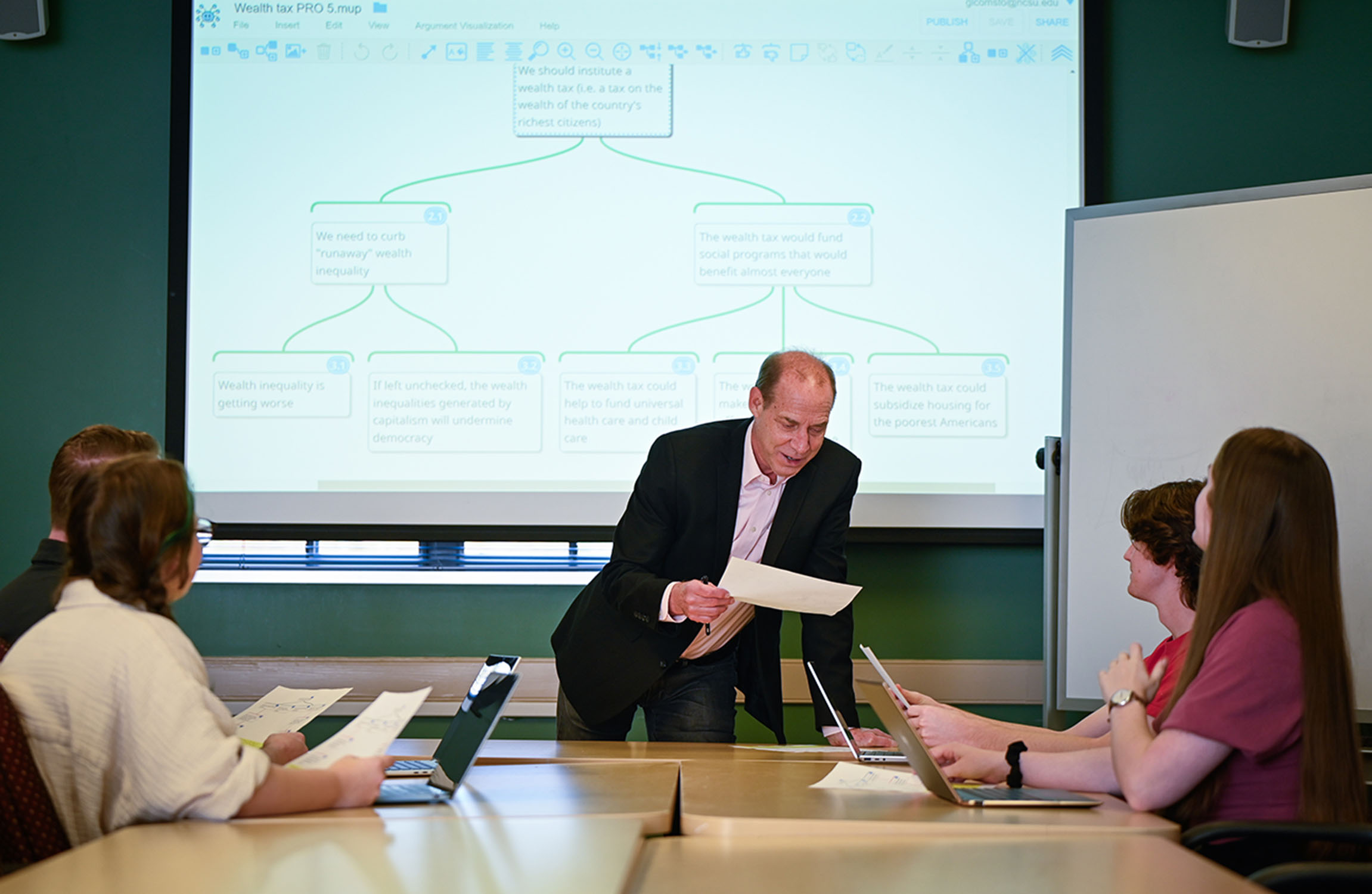Nonprofit Executive Turnover More Turbulent Than Previously Thought

Research from an NC State public administration professor finds that turnover among executive leaders at nonprofit organizations is often plagued by problems, with very few transitional periods mirroring the scenarios painted in the professional literature.
The study also found that most nonprofit executives do not leave their positions due to voluntary retirement, as previously thought.
“There has been very little empirical evaluation of executive turnover in nonprofits,” said Amanda Stewart, an assistant professor of public administration at NC State and author of a paper describing the work. “And, because executive turnover is inevitable, it’s important to pay attention to what organizations can do to limit any adverse impacts turnover can have on a nonprofit and its mission.”
To better understand the challenges involved in nonprofit executive turnover, Stewart interviewed 40 executives of nonprofit organizations about their experiences during their transition into leadership roles.
Many executives reported significant challenges when taking charge at their new organizations. For example, five executives reported having little to no support from the boards of directors who hired them. And many executives told Stewart that they had to clean up unexpected financial or administrative messes left behind by the previous executive.
“Listen, I think boards figure that if they give a recruit the total picture they might not be able to recruit someone,” one executive is quoted as saying in the paper.
“The naiveté is the only way to get into the [executive] position, because if you knew, you would never get into it,” a second executive says in the paper.
“These findings tell us that the conventional wisdom in professional literature about nonprofit executive transitions is based on a best-case scenario,” Stewart said. “And only one or two cases of the 40 I examined were even close to that ideal.
“One of the things I learned was that nonprofit boards do not become more functional during times of turmoil — so if leadership turnover stems from problems in the board itself, a new executive won’t resolve that problem,” Stewart says. Support from the board, and transparency about management decisions, were key to turnover success.
Stewart said that the interviews revealed a “Goldilocks” spectrum among nonprofit boards, when it came to interacting with executives. “Too little” boards offered virtually no support or oversight to executives; “too much” boards tried to micromanage executives; and “just right” boards used the turnover to assess their organizational needs and hire an executive who was equipped to address those needs. Ideally, executives also wanted their boards to communicate effectively and to provide public support when needed.
The study also found that, contrary to expectation, most executives leave nonprofits for reasons other than voluntary retirement.
When interviewing the executives about why their predecessors had left their organizations, Stewart found that only nine previous executives had left due to “voluntary retirement.” Other factors included eight dismissals for wrongdoing, six due to a mutual agreement between executive and board, five who left for “personal reasons” and five who left for new jobs at other organizations.
“These findings are very different from the widely held idea that people leave nonprofit executive positions primarily because of retirement,” Stewart said. “And it also highlights the importance of having a good fit between the executive and the board of directors.”
Stewart is following up on this work to better understand, systematically, how the nonprofit community is developing — or failing to develop — a new generation of leaders.
The paper, “Turnover at the Top: Exploring Nonprofit Executive Turnover,” is published in the journal Nonprofit Management & Leadership. The work was supported by American University.


